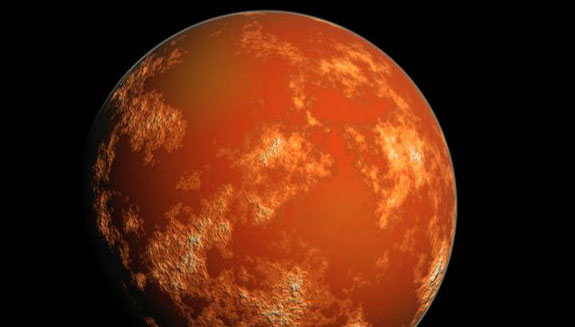
The tiny Martian moon could help humanity conduct a manned mission sooner rather than later.
Mars’ tiny moon of Phobos might be relatively unknown to most people, but it could play a critical role in humanity’s effort to put a man on the Red Planet.
NASA’s incremental approach to getting astronauts to the Martian surface could begin with them going to Phobos in 2033, followed by a trip to the surface of Mars in 2039, according to a Space.com report.
This method could make it easier and more technologically feasible to conduct a manned Mars mission, according to Firouz Naderi, who is the head of the Solar System Exploration Directorate for NASA’s Jet Propulsion Laboratory located in California, as quoted in the report.
Without a big budget increase on the horizon for NASA — John F. Kennedy’s call to land people on the moon by the end of the decade helped increase NASA’s coffers to accomplish that feat — the agency will have to do more with less, and will have to find creative ways to conduct a technologically and economically feasible mission to Mars.
Part of the effort to make Mars happen includes making it happen in the near future, as not many people are going to get excited by some distant or non-specific date when we land on the Mars, Naderi said during a recent summit in Washington.
By focusing on Phobos first, NASA could make that first landing happen in a more near-term timeframe. It would use current NASA technology, including the Orion crew capsule and the Space Launch System megarocket, combined with some future technologies that are feasible but not quite there yet, such as nuclear thermal propulsion.
Using water, methane, and hydrogen from Mars could cut the amount of supplies that would need to be sent on the Mars mission by 48 percent, and additional money could be saved by approaching the Mars mission as a set of linked objectives.